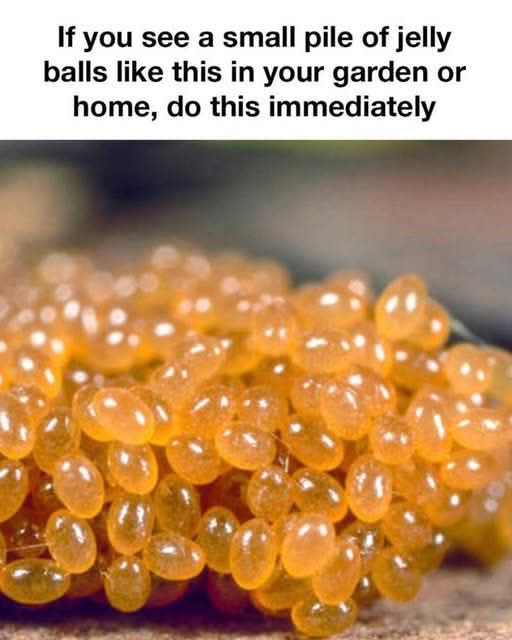ADVERTISEMENT
They Look So Harmless: The Surprising Dangers Lurking in Everyday Things
Sometimes, the most innocent-looking things around us can pose hidden dangers that we overlook in our day-to-day lives. Whether it’s a household item, a food product, or something seemingly benign like a small insect or plant, appearances can be deceiving. “They look so harmless” is a phrase that we often hear when we encounter things that seem perfectly safe, but in reality, they can have serious consequences. Let’s take a closer look at some of these seemingly harmless items that might surprise you with their risks.
1. Household Cleaners: The Silent Threats
Many people rely on everyday household cleaners to maintain a pristine and hygienic environment. From multi-surface sprays to disinfectants, these products are designed to tackle dirt and germs. But did you know that some of these cleaners can be dangerous if used incorrectly? Even though they appear harmless in their brightly colored bottles, many cleaning products contain chemicals that can irritate the skin, eyes, or respiratory system. Prolonged exposure or incorrect mixing can also lead to toxic fumes, posing a risk to your health.
The Lesson: Always read the labels and use cleaning products as instructed. Consider using natural cleaning alternatives like vinegar or baking soda to reduce the exposure to harmful chemicals.
2. Processed Foods: Look Delicious, but Hidden Health Risks
Processed foods often come in eye-catching packaging and look so appealing, promising quick meals and snacks with little effort. But many of these processed items are loaded with sugars, unhealthy fats, and artificial additives. Even though they seem harmless and convenient, they can have long-term negative effects on your health, including weight gain, increased cholesterol levels, and higher risk of chronic diseases like diabetes and heart disease.
The Lesson: Try to limit the consumption of processed foods and opt for fresh, whole ingredients whenever possible. A balanced diet of fruits, vegetables, lean proteins, and whole grains can offer better health benefits in the long run.
3. Plants: Beautiful Yet Toxic
Houseplants and outdoor plants can add beauty to your living spaces, but some of them are more dangerous than they seem. Plants like lilies, poinsettias, and oleanders look perfectly innocent but can be highly toxic if ingested, especially by pets or children. Some common houseplants, such as pothos and dieffenbachia, contain compounds that can cause nausea, vomiting, and even organ damage if consumed in large quantities.
The Lesson: Always check if the plants you bring into your home are safe for pets or children, and make sure to keep any toxic varieties out of reach.
4. The “Harmless” Bug: When Small Insects Are Dangerous
Insects like mosquitoes, ticks, and even some ants may seem harmless, but they are capable of transmitting dangerous diseases. Mosquitoes are notorious for spreading illnesses such as malaria, dengue, and Zika virus, while ticks can transmit Lyme disease. Bedbugs, despite their small size, can cause skin rashes and allergic reactions, and they are notorious for infesting homes and causing a lot of stress.
The Lesson: Take precautions against insect bites, such as using insect repellent, wearing protective clothing, and checking for ticks after being outdoors. Regular pest control measures can also help keep your home insect-free.
5. Cosmetic Products: The Hidden Dangers
Beauty products are often thought of as harmless, especially when they are labeled “gentle” or “for sensitive skin.” However, many cosmetic products contain synthetic fragrances, parabens, sulfates, and phthalates that can irritate the skin, cause allergic reactions, or disrupt hormone function. What seems like a harmless bottle of lotion or shampoo might be causing more harm than good.
